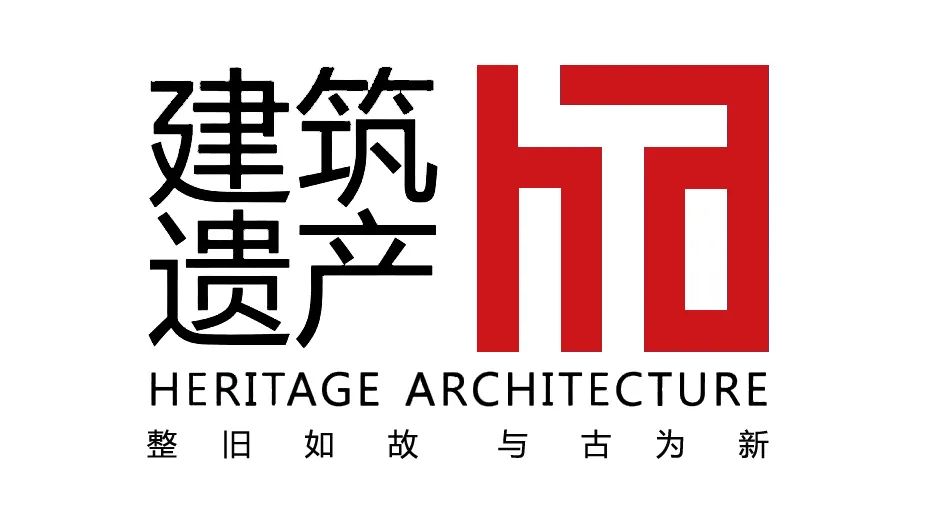
—— The Eighteenth Biennial Conference of The International Association for The Study of Traditional Environments (IASTE) ——
Call for Abstracts
December 14-17, 2022
The Eighteenth biennial conference of the International Association for the Study of Traditional Environments (IASTE) which will be held in Singapore from December 14-17, 2022 and hosted at the National University of Singapore calls for abstracts.
Scholars from relevant disciplines are invited to submit a 500-word abstract and short biography by March 21, 2022. Submission details are available on the IASTE website: https://www.iaste.org.
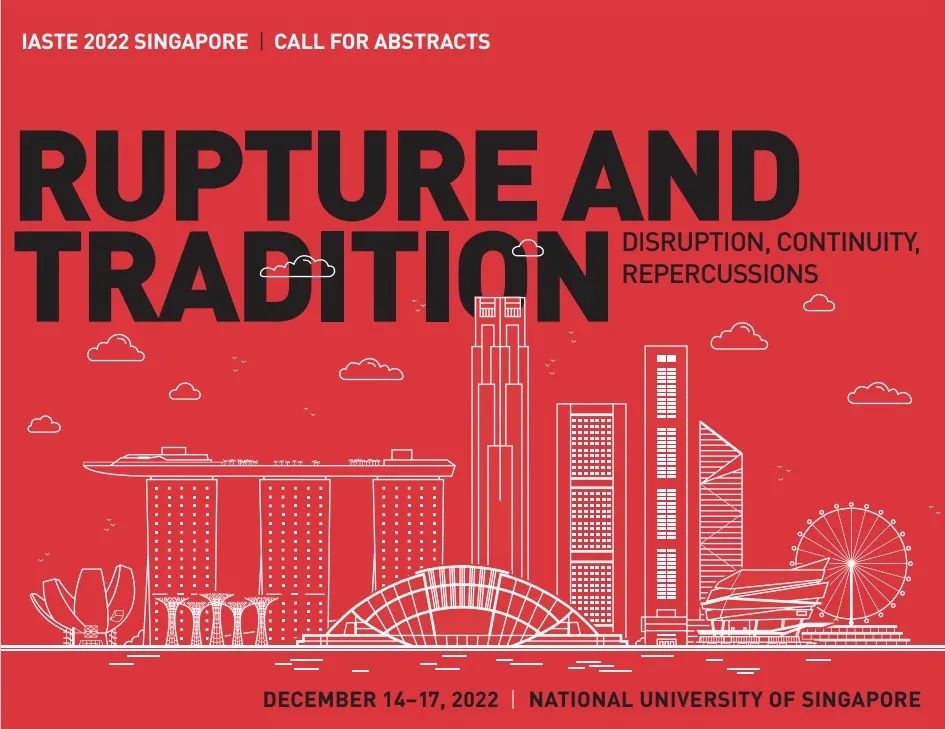
Tradition has multiple forms, manifestations, and influences that shape the processes used to produce, transform, preserve, and consume built environments in synch with socio-cultural and economic change. Over the past thirty years, IASTE has helped shape the discourse around the political, cultural, economic, and legal frameworks of tradition. The notion of rupture will be used to frame this ongoing discussion at the IASTE 2022 conference, to be hosted by the National University of Singapore. To describe a rupture is to describe an event that makes the difference between a before and an after. A rupture is a crack, a fissure, an impassable chasm, or a wrinkle in time. Whether understood in a temporal, physical, or topographic sense, ruptures have played an important part in the making of buildings and cultural landscapes. The pandemic year 2020 certainly provided such a moment, which may be used to reflect on the ways that “rupture,” in its multifarious forms, has shaped traditional environments. But its examination also offers an opportunity to rethink the very notion of what tradition is — as something passed on, a linear narrative, one that incorporates change rather than stagnation.
The way the “rupture” of the ongoing pandemic is restructuring how traditions are understood will certainly be at the core of IASTE 2022. Yet, instead of simply considering direct responses to this global moment, Rupture and Tradition is also interested in the slower, more long-term processes by which traditions consolidate history-altering events. Indeed, it is often through repercussions felt elsewhere, rather than the event itself, that rupture produces change, altering traditions and their forms of continuation. For example, the eruption of Tambora in the Dutch East Indies in 1815 was a cataclysmic local event, but it also had repercussions felt around the world, lowering global temperatures in subsequent years and triggering crop failures. In a similar sense, transformational events may be incorporated into traditional environments through the stories they instigate, conditions of political and economic status quo they disrupt, and popular understandings of shelter, safety, and supportive habitat they suddenly call into question.
The organizers of IASTE 2022 invite participants to submit papers that consider the numerous ways in which rupture and tradition are intertwined. Papers are not restricted to temporal or geographic frames. Papers that exhibit or explore new methodologies in the humanities are most welcome. The temporal and spatial anomalies that ruptures prompt may even prompt researchers to experiment with alternative narrative modes to present ongoing research, or they may motivate scholars to revisit existing material in a new light in terms of rupture.
We look forward to receiving papers from scholars, professionals, and practitioners in architecture, architectural history, landscape architecture, urban design, art history, anthropology, archaeology, folklore, geography, history, planning, sociology, political science, urban studies, conservation, design, digital technologies, and related disciplines. Papers may address one of the following tracks.
How does disruption reconfigure how traditions migrate, reshape, or translate under duress? Papers in this track may ask how disruption has played an integral role in shaping traditional environments and their contemporary interpretations. Similarly, disruptions of the contemporary moment may create challenging circumstances for the traditional in myriad ways. Thus, economic migration, pilgrimage, and family separation may all disrupt the continuation of traditions, yet eventually be integrated into them, shifting them in new directions. Disruptions in the historical sense can extend from the micro to the macro, both in terms of the repercussions of an event and the temporal frameworks of an event itself.
Papers in this track might address questions about architecture’s capacity to incorporate disruption as part of its decorative or structural properties. For example, South American earthquakes revealed the poor artisanship of ecclesial architecture built for settler-colonial societies under the encomienda system of indentured servitude, whereas the Incan ashlar structures that predated them survived. Disruption, in this sense, revealed differences in workmanship related to the wider socio-political conditions of that historical moment. Two approaches to disruption — retrospective and contemporary — might thus inform how papers ask questions about disruption, ruptures, and tradition.
What forms of continuity allow tradition to persist despite rupture? In contrast to disruption, asking questions around continuity allows for a different framework of tradition to emerge. In what ways have ruptures and disruptions been incorporated into traditional environments, their narratives, architectures, and positionalities? The idea of continuity might introduce ways of retelling through story, memory, and narrative that allow the emergence of different meanings of the built environment. How do dwellings, buildings, structures, and sites tell stories about continuity or its lack? This track is interested in exploring how the built environment and the variety of ways of interpreting it can provide a measure for continuity.
Additionally, new methods in environmental humanities, architectural history, and urban studies may illustrate alternative ways to interpret continuity. For example, as a tool for considering historical maps and contemporary data as a cohesive composition, thick mapping might provide a methodology for evaluating the continuity of tradition. Questions of resistance, resilience, ingenuity, and existence are thus of interest to this track.
In what ways are societal changes incorporated into tradition and its narratives? How have modern conditions, concerns for environmental sustainability, and calls for adaptive reuse posed new challenges and opportunities for tradition? Moreover, how do these contemporary concerns reframe the study of tradition? In what ways does the traditional reemerge under new circumstances? These questions of consequence and reverberation frame the third track, which is interested in methodological reflections on the study of tradition.
One important concern here is how tradition may become contemporary under new societal frameworks. For example, Indigenous building traditions may find new meaning through contemporary reinterpretation and reuse. Recently, with the rise of ethno-nationalism in many societies globally, Indigeneity itself has taken on new meaning since it brings forth notions of rootedness, diversity, and historical migrations that structure worldviews outside of the purview of the nation-state. Architects have thus recently turned to the study of Indigenous building methods both in search of respite from techno-scientific and unsustainable modes of construction and in order to exploit the conceptual implications that Indigenous uses of materiality bring forth. Papers in this track might consider these as repercussions of tradition — traditional forms in new frameworks under new interpretations — that call into question the static attributes of tradition and provide a means for understanding what James Clifford has called “becoming Indigenous in the twenty-first century.”
Over the past few years, IASTE conferences have included special sessions and panels related to conference themes, collectively organized or sponsored by specific groups or institutions. Such proposals are welcome again in 2022 as a way to facilitate outreach to researchers from disciplines not normally engaged with IASTE or to introduce new topics or debates. We include here a call for such special sessions/panel.
CONFERENCE SCHEDULE
March 21, 2022. . . . . . . . . . . . . . . . . .. . . . . . . .. . . . . . . .. . .Deadline for abstract submission
May 15, 2022 . . . . .. . . . . . . .. . . . . . . .. . . . Acceptance letter for abstracts/conference poster
September 1, 2022. . . . . . . . . . . . . . . . . . . . . . . . . . . . . .. . . . . . . .. . Deadline for registration
November 1, 2022 . . . . . . Deadline for paper submission to the IASTE Working Paper Series
December 14–17, 2022. . . . . . . . . . . . . . . . . . . . . . .. . .. . . . . . . .. . . . . . . .. . . . . Conference
December 18, 2022. . . . . . . . . . . . . . . . . . . . . . . . .. . . . . . . . . . . . . . . . .Postconference Tour
SUBMISSION REQUIREMENTS
Please refer to our website (iaste.org) for detailed instructions on abstract submissions. A one-page abstract of 500 words and a one-page CV are required. For further inquiries, please email IASTE at coordinator@iaste.org.
Proposals for complete panels of four to five papers are also welcome. Please indicate the track in which the panel fits. Panel submissions must include an overall abstract in addition to abstracts and CVs from all proposed speakers. IASTE may accept the panel as a whole or only accept individual abstracts and place them in appropriate tracks. All papers must be written and presented in English.
Following a blind peer-review process, papers may be accepted for presentation at the conference and/or publication in the IASTE Working Paper Series.
Contributors whose abstracts are accepted must preregister for the conference, pay the registration fee of $450 (which includes IASTE membership for 2022–2023), and prepare a full-length paper of 20–25 double-spaced pages.
Registered students and spouses may qualify for a reduced registration fee of $250 (which also includes IASTE membership for 2022–2023).
All participants must be IASTE members. Please note that expenses associated with hotel accommodations, travel, and additional excursions are not covered by the registration fee and must be paid directly to the hotel or designated travel agent.
The registration fee covers the conference program, conference abstracts, and access to all conference activities, theme sessions, keynote plenary talks, receptions, conference receptions, and a walking/bus tour of the city.
CONFERENCE SPONSORS
National Heritage Board, Singapore
Department of Architecture, College of Design and Engineering, National University of Singapore
CONFERENCE ORGANIZING COMMITTEE
Ho Puay Peng, National University of Singapore, Local Conference Director
Mark Gillem, University of Oregon, IASTE President and Conference Co-Director
Hesham Issa, Cairo University, IASTE Secretary-General and Conference General Coordinator
Adnya Sarasmita, IASTE Conference Coordinator
Lee Kah Wee, National University of Singapore, Local Conference Coordinator
Montira Horayangura, UNESCO, IASTE Vice President
Nezar AlSayyad, U.C. Berkeley, IASTE Emeritus President and Sessions Committee Chair
NUS Local Conference Team
Department of Architecture, College of Design and Engineering
Ho Puay Peng, Professor and Head, Department of Architecture
Heng Chye Kiang, Professor and Deputy Dean for Research, College of Design & Engineering
Johannes Widodo, Associate Professor
Lee Kah Wee, Associate Professor
Nikhil Joshi, Senior Lecturer
Will Davis, Lecturer, Conference Communication
Cecelia Chan, Conference Administration
SESSIONS COMMITTEE
M. Gamal Abdelmonem, Heba Ahmed, Howayda al-Harithy, Mohamad al-Jassar, Nezar AlSayyad, Yael Allweil, Anne-Marie Broudehoux, Flavia Brito do Nascimento, Tiago Castela, Cecilia Chu, Lyndsey Deaton, Natalia Echeverri, Joseph Godlewski, Puay Peng Ho, Mui Ho, Montira Horayangura, Hesham Issa, Chee-Kien Lai, Kah Wee Lee, Gehan Selim, Manu Sobti, Ipek Tureli, Shundana Yusaf
IASTE BEST PAPER AWARDS
Three awards will be given for papers presented to the conference: the Jeffrey Cook Award for the best paper by a scholar dealing with traditional dwellings; the Eleni Bastea Award for the best paper on an urban Issue; and the Ray Lifchez Berkeley Prize for the best paper by a student or junior scholar. The winners will receive a monetary award, and after appropriate review and revision their papers will be published in the IASTE journal Traditional Dwellings and Settlements Review. Eligible papers should be concerned with the subject of traditional dwellings and settlements in a manner that challenges traditional scholarship on the subject and that engages spatial analysis from an interdisciplinary perspective.
POST CONFERENCE TOURS
Tour 1: Diversity-Sustainability in Singapore
This tour will provide a brief experiential introduction to Singapore for symposium participants by means of specially planned routes, sites, and projects. The tour will showcase the development of Singapore from a cosmopolitan colonial town to a global city, including various typologies of public housing forms, conservation areas, rapidly developed business districts, and iconic new buildings. The trip combines a coach ride across urban areas and a walk through nature, culminating at the Marina Barrage to showcase Singapore’s journey and struggle toward becoming a sustainable city while maintaining its cultural and morphological diversity.
Tour 2: Singapore Cosmopolitan Modernity
This time-travel tour will start from the old harbor and fish market at the Boat Quay and end at one of the masterpieces of modern architecture of Singapore in the 1970s, the People’s Park Complex. The first part involves a walk along the former coastline of the water-bay (Telok Ayer), where early immigrants (especially the Teochew, Hakka, Hokkien, and Tamil) and international traders landed in Singapore. The second part involves a walk through Niu Che Shui’s pleasure district, a watering hole for Chinese high-society during the colonial era and a prostitution district from the 1930s until the 1960s. The tour will end at the People’s Park Complex. The tour allows observation of a mix of hybrid Modernist, Brutalist, and Metabolist architectural concepts. The area to be visited is one of the most important sites of Asian modern heritage, and one which is under tremendous pressure of redevelopment.
MAILING ADDRESS AND INQUIRIES
IASTE 2022
International Association for the Study of Traditional Environments 207 East 5th Avenue, Eugene, OR 97401
Tel: 541.712.7832 | E-mail: coordinator@iaste.org
Web: https://www.iaste.org
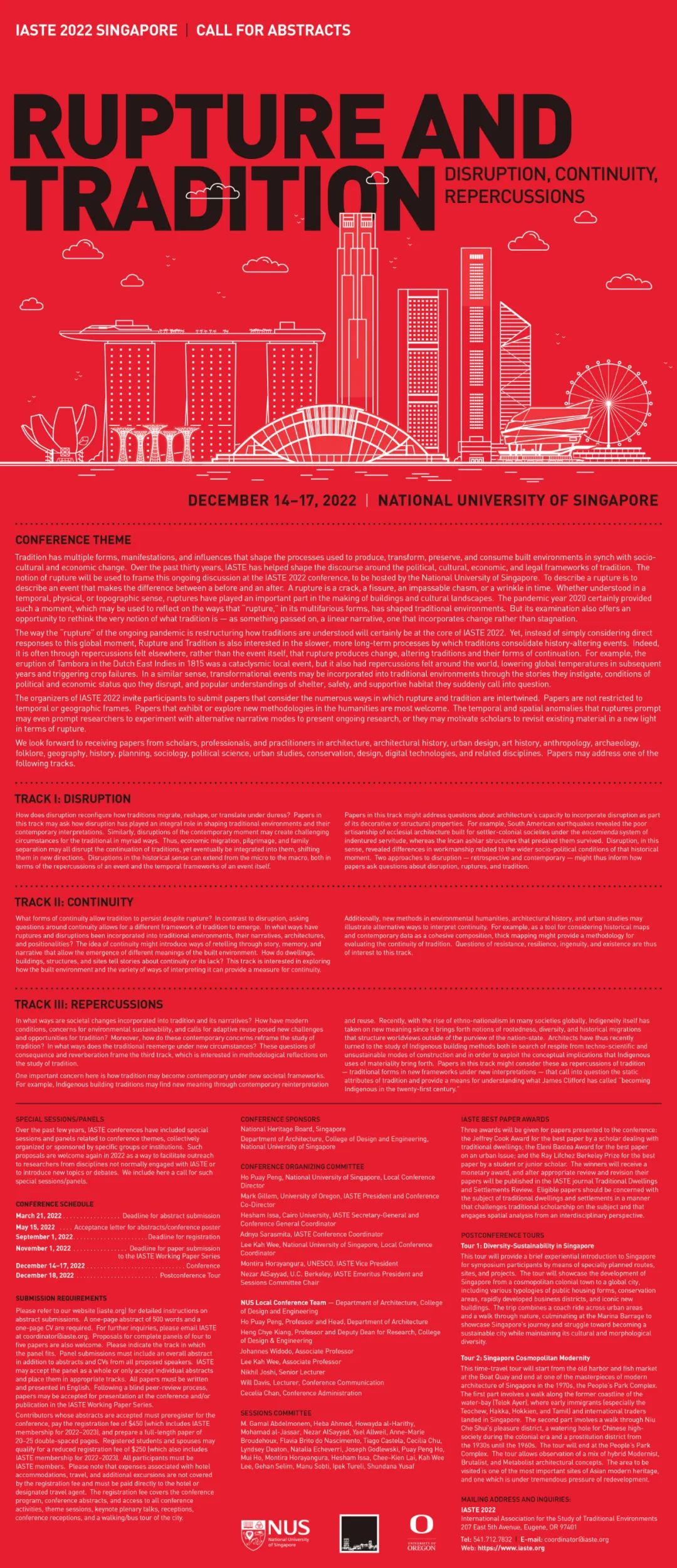
![]()
欢迎关注《建筑遗产》2021年第4期
(总第24期)
※ 官方微店有售 ※
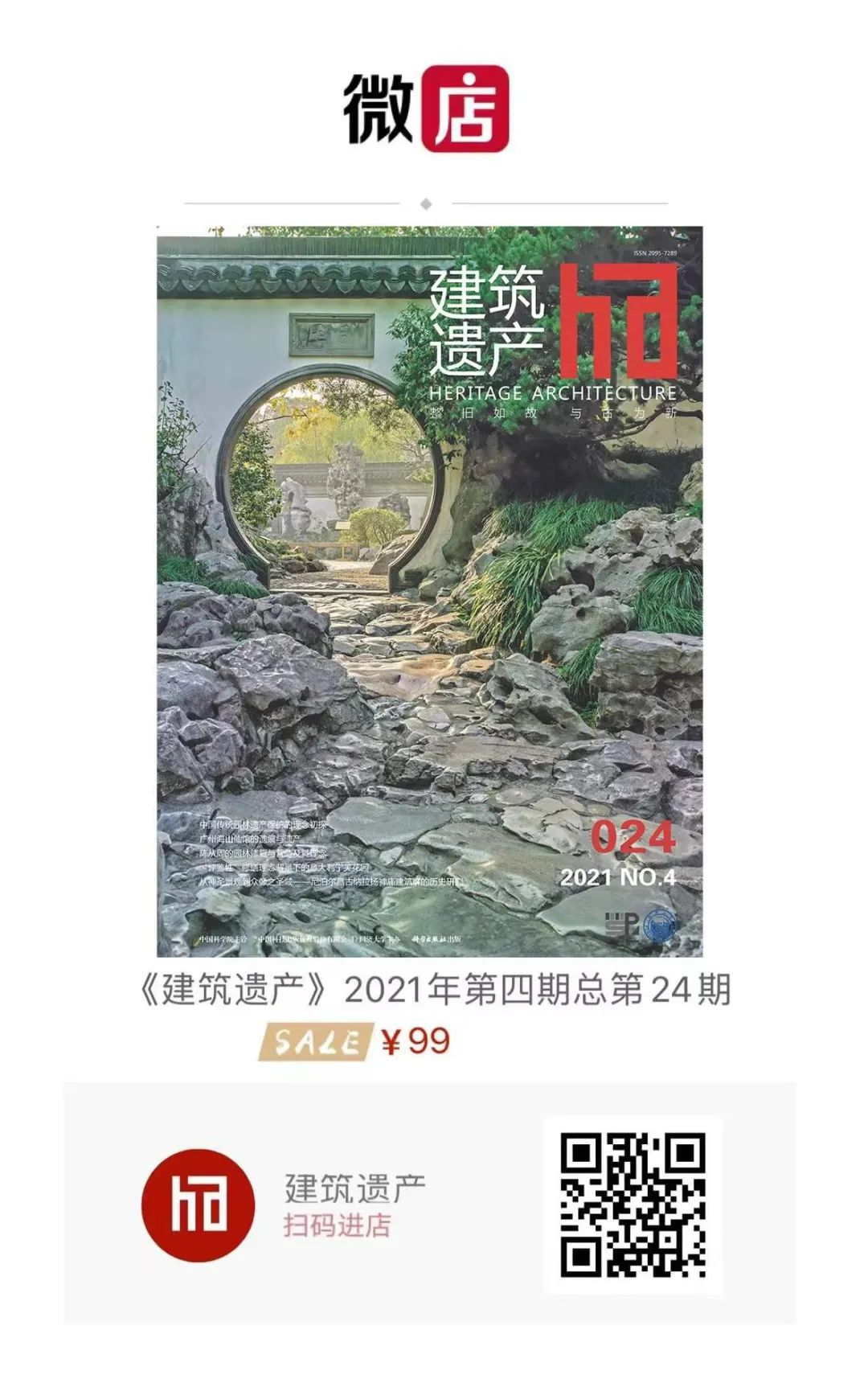
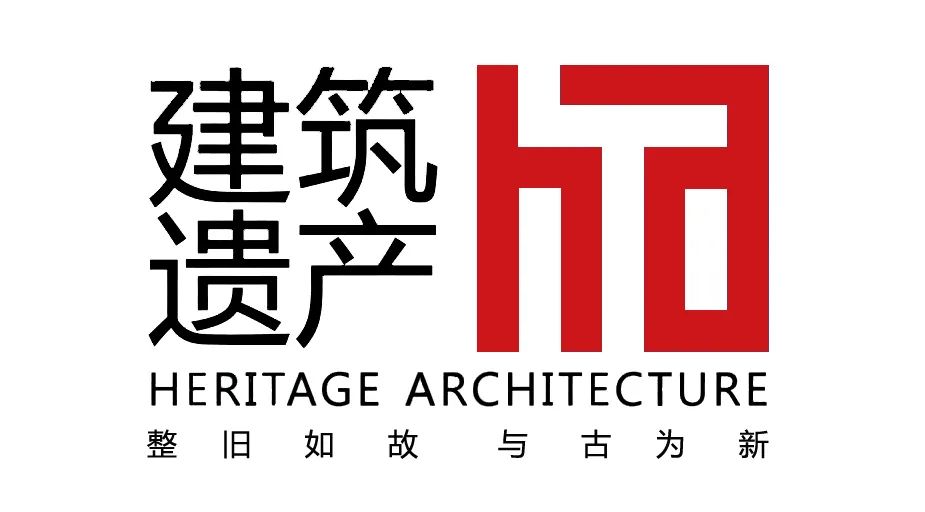

原文始发于微信公众号(建筑遗产学刊):Call for Abstracts | The 18th Biennial Conference of IASTE
 规划问道
规划问道









